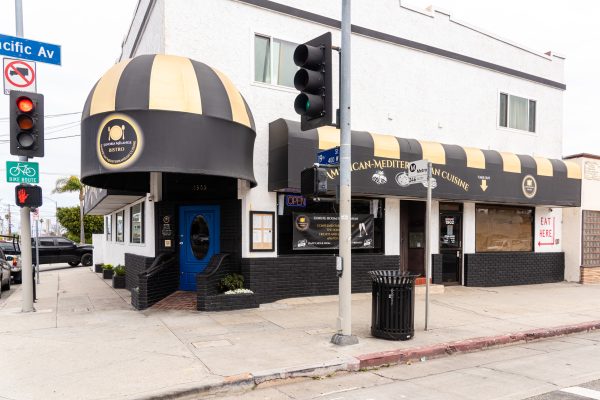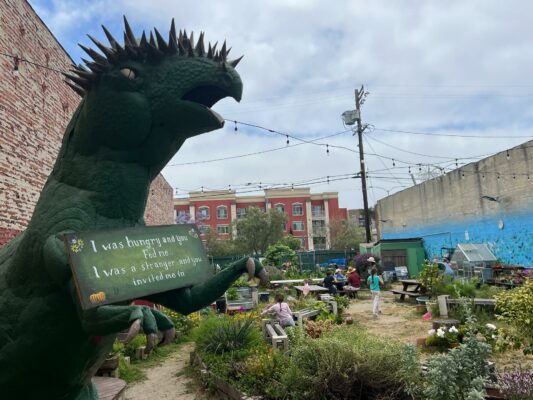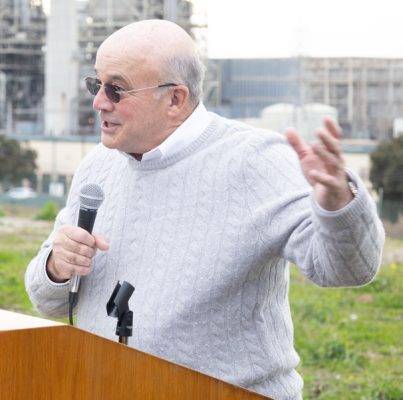
Todd Loewenstein’s no stranger to infrastructure. The District 2 City Council candidate, campaigning to replace Bill Brand, served two terms, from 2005 to 2013, on the Redondo Beach Unified School District’s Board of Education. He was on the board that constructed the Measure Q school bond, passed in 2012, which established $63 million to invest into the district’s technology infrastructure.
As a board member, he also helped to oversee 2008’s Measure C, which provided $145 million in facility improvements throughout the district, including renovations for Redondo Union High School.
And as president of R4 (Redondo Residents for Responsible Revitalization) Loewenstein helped lead the cause against Measure B in 2015. Measure B would have rezoned the land under the AES power plant to clear the path for mixed-use development — and, Loewenstein argued, would have spiked traffic in the city.
“My concern is the impact that overdevelopment and traffic has on the area,” Loewenstein said. “And I believe the council needs someone on there who represents residents first.”
Traffic, Loewenstein says, is a major quality of life issue for people — it’s an hour out of a person’s day that takes time away from their families and their careers, impacting their personal and economic well-being.
“Plus, how good is it for the environment, sitting in cars burning oil and fossil fuels?” Loewenstein said. “How expensive is it to maintain infrastructure and widen roads? All because we have more and more cars on the road. When you’re in a hole, the rule of thumb is to stop digging.”
Loewenstein seeks to prevent increases in the level of traffic in Redondo Beach that accompanies the creation of more residences or commercial destinations. Instead, he’d like to reverse the traffic flow by encouraging the expansion of Silicon Beach and its technology workforce to Redondo Beach.
“Let’s look at building business in the city; one of the advantages we have is a highly educated workforce not far from LAX, with great schools to send kids to. It’s a huge advantage over Playa,” Loewenstein said. “That solves the lack of revenue, it creates a reverse commute of people coming in the morning and leaving in the evening — perhaps we’ll have more people working locally, biking and walking to work. It’s a win-win.”
The concerns of overdevelopment, Loewenstein believes, go beyond just traffic. The school district, he worries, may suffer.
“These projects have an impact on the number of kids attending the schools; for example, the AES site proposed 600-plus condos, all going to Beryl Heights [Elementary] and Parras [Middle School],” Loewenstein said. “When classrooms are crowded, it taxes the district’s infrastructure and brings down the quality of life for people — larger class sizes and schools don’t benefit anyone.”
Loewenstein is a supporter of Measure C, which edits the existing harbor-area zoning passed under 2010’s Measure G. Measure C intends to prevent CenterCal Properties’s planned Waterfront: Redondo Beach redevelopment. He’s unconvinced by the argument that the development’s projected sales tax benefits to the City are worth the investment.
“One of the problems with California budgets is that they’re so dependent on sales tax revenue versus property taxes. Right now, the economy is great; but when unemployment is high, income and sales taxes dry up,” Loewenstein said. “I’m concerned that we’re skating to where the puck was yesterday, and not where it’s going to be.”
Redondo Beach, he believes, is a great place to live, and he wants to keep it that way.
“Politics is never going to get a 100 percent consensus — even on the weather,” Loewenstein said. “I have a history of working with people I don’t always agree with…we’re up there to get stuff done, otherwise we’re just wasting everyone’s time.”









